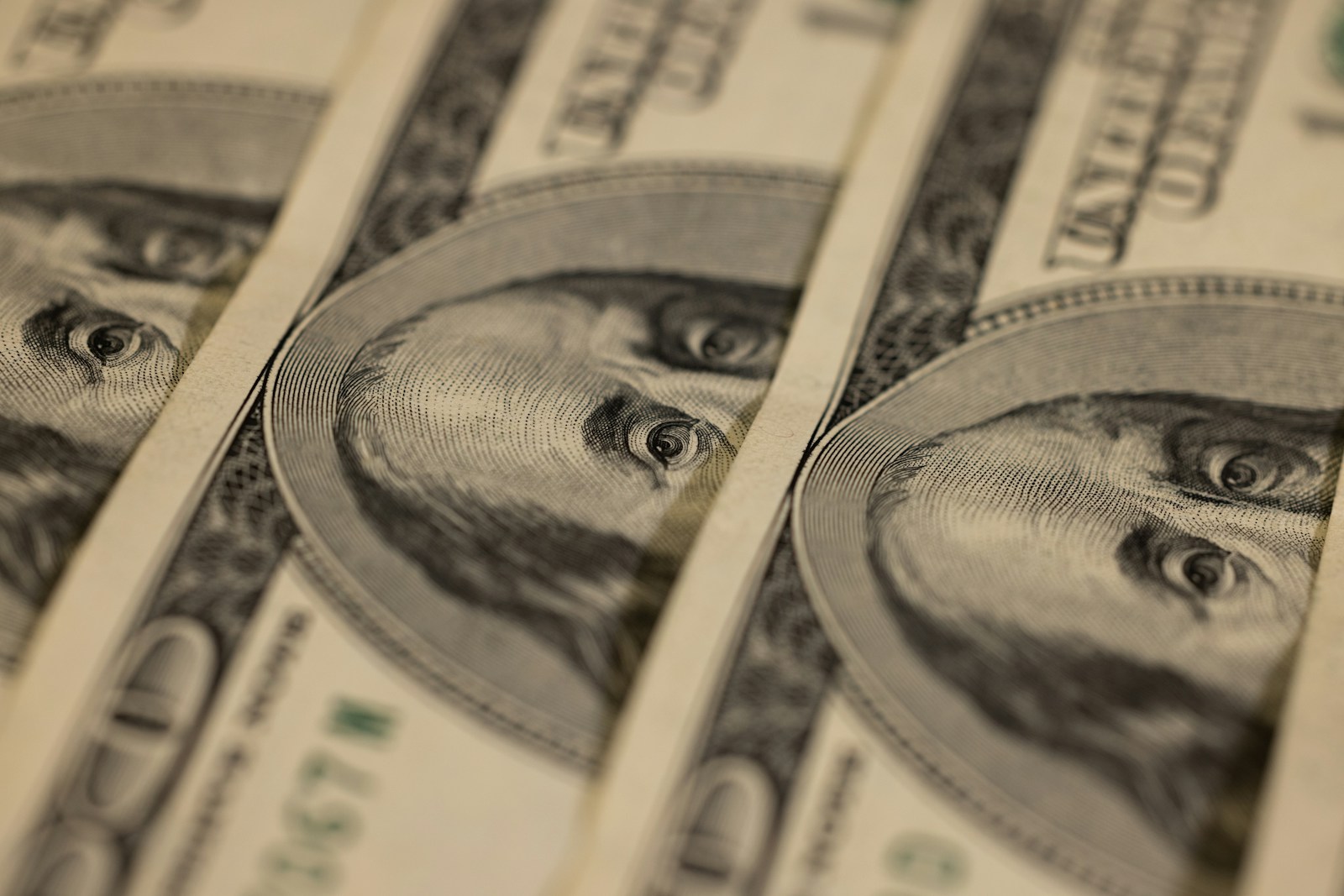Key takeaways
- President Trump is deeply involved in redesigning the White House ballroom.
- His hands-on approach has strained relations with architect James McCrery II.
- Critics worry about a lack of public input and excessive private donations.
- Lawmakers have introduced bills to limit outside funding for White House projects.
President Trump has taken unprecedented control over the White House ballroom overhaul. He meets regularly with his chosen architect, James McCrery II, demanding design tweaks and material changes. This intense involvement has raised eyebrows among preservationists and some administration insiders.
Why the White House Ballroom Matters
The planned ballroom will sit in the East Wing. Officials say the space will host world leaders and major events for generations. However, opponents argue that renovating such a historic site needs more transparency. They worry that donor dollars and private tastes could override public interest.
A Personal Vision Takes Center Stage
Trump’s taste for gold and bold patterns shines through the ballroom plans. He insists on specific chandeliers and custom moldings. Consequently, McCrery’s team faces constant revisions. One official described how a scale model now sits in the Oval Office as a regular talking point. Trump’s schedule includes frequent reviews, sometimes multiple times a week.
However, this level of detail work verges on micromanagement. Administration insiders admit that Trump often steps beyond big-picture decisions. He weighs in on paint swatches and carpet textures. As a result, construction timelines slip and tensions rise.
Conflict with the Architect
Architect James McCrery II signed on believing he would steer the project’s historic side. Yet, he finds himself revising plans under Trump’s intense supervision. McCrery’s original vision balanced preservation with modern needs. In contrast, Trump pushes a “gilded aesthetic” drawn from his real estate past.
Many preservation experts worry Trump’s approach will erase key historic elements. They argue that a committee of historians and architects should guide the renovation. So far, Trump has paid little heed to those warnings. Instead, he prefers private sessions where he can shape every detail.
Funding and the ‘Who’s-Going-to-Stop-Me’ Ethos
The ballroom costs near two hundred million dollars. Trump claims generous donors and “patriot contributors” fully cover it. Yet, critics see a pay-to-play scenario at the heart of the funding. Connecticut Senator Richard Blumenthal warned the White House looks “for sale” to the highest bidder.
Moreover, Democrats in Congress have reacted. Senator Elizabeth Warren introduced the Stop Ballroom Bribery Act. Her bill would limit private funds for White House projects. It also demands public hearings before major renovations. Warren insists these measures are vital to maintain trust and transparency.
Tensions Grow Over Public Input
Preservation groups and some lawmakers say the ballroom plan lacked public review. They point out no community meetings occurred before donor pitches. As a result, these groups suspect the project reflects a personal whim rather than a national priority.
Administration officials defend the pace. They say fast action prevents cost overruns and delays. They also stress that Trump’s donors freed taxpayers from footing the bill. Nevertheless, the absence of open forums still bothers many observers.
A Model of Controversy in the Oval Office
Inside the Oval Office sits a detailed model of the ballroom design. Videos show Trump reviewing its columns and chandeliers with aides. This prop underscores his desire to shape each element. Meanwhile, the architect scrambles to present updates on short notice.
Such regular meetings highlight a conflict between top-down leadership and professional expertise. Observers note that past presidents left design matters to appointed teams. In contrast, Trump’s style mirrors his real estate career, where he often micromanaged builds.
What Happens Next?
Construction must finish before 2029, when Trump’s term ends. Given the current pace, workers face a tight schedule. They must demolish parts of the East Wing, install new framing, and add custom finishes.
Critics will watch progress closely. If the project overruns budget or timeline, opponents will cry foul. Conversely, Trump will likely hail the ballroom as a grand legacy. He may hold a dramatic unveiling to showcase his personal stamp on the White House.
History could judge this renovation in two ways. It might become a celebrated modern upgrade or a cautionary tale of overreach. Either way, the White House ballroom story shows how deeply a president can shape America’s most famous residence.
Frequently Asked Questions
What is driving the controversy over the White House ballroom?
The debate stems from President Trump’s hands-on approach and heavy reliance on private donors. Critics worry about public input and preservation experts being sidelined.
How much will the ballroom cost, and who pays?
The project is estimated at around two hundred million dollars. Trump says donor contributions will cover nearly all expenses, saving taxpayer funds.
Why are lawmakers introducing new legislation?
Some senators want to stop outside money from influencing White House renovations. They’ve proposed acts to enforce public hearings and donation limits.
When will the ballroom project be completed?
Construction aims to finish before 2029. However, frequent design changes and demolition work could push deadlines.

